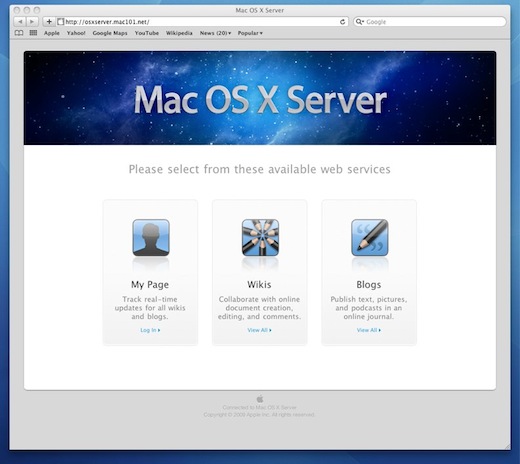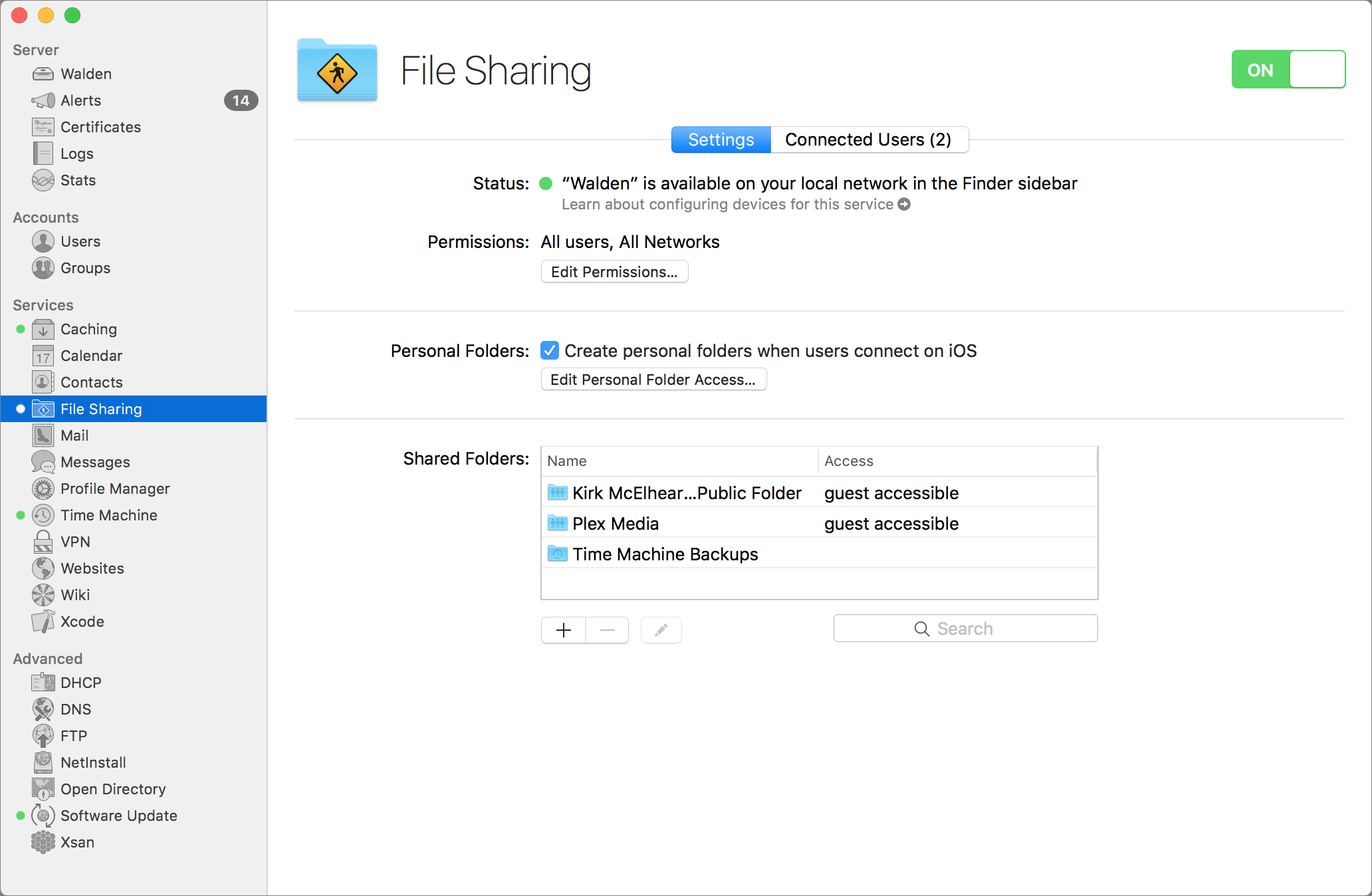

- #Using os x server mac os x
- #Using os x server mac os
- #Using os x server install
- #Using os x server pro
- #Using os x server software
Support was added for RAID 0 and RAID 1 storage configurations, and Mac OS 9.2.1 in NetBoot.
#Using os x server mac os x
Mac OS X Server 10.1 featured improved performance, increased system stability, and decreased file transfer times compared to Mac OS X Server 10.0. Mac OS X Server 10.0 included the new Aqua user interface, Apache, PHP, MySQL, Tomcat, WebDAV support, Macintosh Manager, and NetBoot. The last release is Mac OS X Server 1.2v3. Apple File Services, Macintosh Manager, QuickTime Streaming Server, WebObjects, and NetBoot were included with Mac OS X Server 1.0. There was discussion of implementing a 'transparent blue box' which would intermix Mac OS applications with those written for Rhapsody's Yellow Box environment, but this would not happen until Mac OS X's Classic environment. It included a runtime layer called Blue Box for running legacy Mac OS-based applications within a separate window. The GUI looked like a mixture of Mac OS 8's Platinum appearance with OPENSTEP's NeXT-based interface. Mac OS X Server 1.0 was based on Rhapsody, a hybrid of OPENSTEP from NeXT Computer and Mac OS 8.5.1. The first version of Mac OS X was Mac OS X Server 1.0. MacOS Server versions prior to Lion are based on an open source foundation called Darwin and use open industry standards and protocols.
#Using os x server pro
Also, it was optionally pre-installed on the Mac Mini and Mac Pro and was sold separately for use on any Macintosh computer meeting its minimum requirements. Mac OS X Server was provided as the operating system for Xserve computers, rack mounted server computers designed by Apple. 2.8 Mac OS X Server 10.6 (Snow Leopard Server).

#Using os x server software
Versions of Mac OS X Server prior to version 10.7 “Lion” were sold as complete, standalone server operating systems starting with Mac OS X 10.7 “Lion,” Mac OS X Server (and its successors OS X Server and macOS Server) have been offered as add-on software packages, sold through the Mac App Store, that are installed on top of a corresponding macOS installation.

macOS Server adds server functionality and system administration tools to macOS and provides tools to manage both macOS-based computers and iOS-based devices. O’Reilly members experience live online training, plus books, videos, and digital content from 200+ publishers.MacOS Server, formerly Mac OS X Server and OS X Server, is a series of Unix-like server operating systems developed by Apple Inc., based on macOS and later add-on software packages for the latter. Get OS X Mountain Lion Bible now with O’Reilly online learning. To do more than share resources, as described in Chapter 23, you need the server version of OS X-OS X Server-to do things such as provide shared calendars, e-mail, wikis, files, and more to both Macs and PCs and even in some cases to iOS devices (iPhones, iPads, and iPod Touches).
#Using os x server install
To use a Mac as a web server, you need to install the Server application covered in this chapter. OS X Mountain Lion has the same file-sharing capabilities as previous versions of OS X, as Chapter 23 details, with one exception: Gone is the ability to serve a basic website from OS X. That was revolutionary at the time, and it explains why networking and file sharing on other computers such as those running Windows remains an awkward process. In fact, it's been part of the Mac since the 1984 debut of the original Macintosh: Even that Mac came with a networking technology called AppleTalk that let Macs network with other Macs to share files and printers. So being a server to provision files and more to other computers has been in OS X's DNA from the very beginning. The very first version of OS X released to the market was Mac OS X Server way back in January 1999 under the name Mac OS X Server 1.0-the first version for the desktop (Mac OS X 10.0 Cheetah) didn't come until March 2001. Creating configuration profiles for Macs and iOS devicesĬreating installation images with System Image Utility


 0 kommentar(er)
0 kommentar(er)
